Low budget, difficulty in attracting external investment, complicated compensation and resettlement procedures have caused the plan to relocate houses on and along canals in Ho Chi Minh City over the past 15 years to fail.
After 20 years, through many stages of implementing programs to clear houses on and along canals, Ho Chi Minh City has now relocated nearly 40,000 out of more than 65,000 houses. Clearing dilapidated houses along canals and arranging new housing for tens of thousands of households helps to beautify the urban area, creating a new look on many canals such as Nhieu Loc - Thi Nghe, Tau Hu - Ben Nghe, Tan Hoa - Lo Gom...
However, compared to the period 1993-2005, which was considered successful, the plans to relocate houses on and along canals in the city have continuously "failed". In particular, in the period 2021-2025, Ho Chi Minh City set a goal of relocating 6,500 houses on and along canals through 17 projects, with a capital demand of more than VND 19,000 billion. However, by the end of the second quarter of this year, the city had only compensated and relocated 657 houses, reaching more than 10%. Compared to the set target, the above results are too modest when the implementation time is only two years.
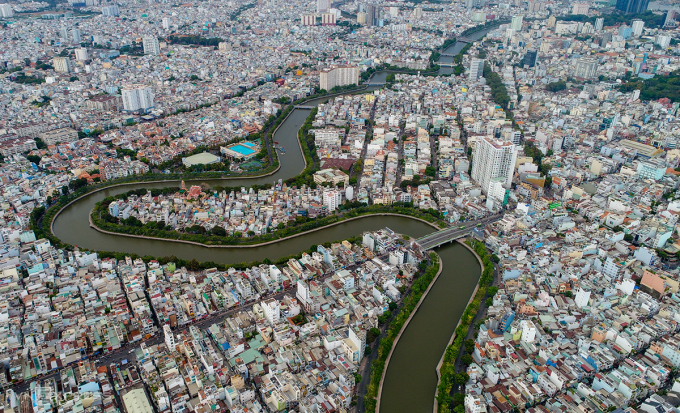
Nhieu Loc - Thi Nghe Canal after completion of renovation. Photo: Quynh Tran
According to the schedule set by the Department of Construction, from now until 2025 the city will complete compensation and relocate nearly 3,600 more houses, bringing the total to 4,250. These relocation cases are mainly in the Xuyen Tam canal renovation project (Binh Thanh and Go Vap districts) and the North bank of Doi canal (District 8). However, the above figure only reaches about 65% of the plan.
Previously, in the 2016-2020 period, Ho Chi Minh City also set a goal of relocating 20,000 houses on and along canals, in order to create a better life for people and improve the urban area, prevent flooding, reduce pollution... However, the above plan was not successful when the term ended, the total number of households living on and along canals that were relocated was only nearly 2,500, reaching 12.4% of the target. In the 2011-2015 period, the city also planned to relocate about 14,000 houses, but the result was only more than 3,300, reaching nearly 24% of the target.
Mr. Ly Thanh Long, Chief of Office of the Department of Construction, said the biggest obstacle preventing the clearance of houses on and along canals from meeting expectations is the lack of capital. Currently, most of these projects use the budget, but the capital source is limited, and the city has to balance it for many other infrastructure projects. Not to mention, this source is also limited to projects that do not have a clear site or have problems with compensation.
The budget is limited, while attracting investment resources from outside is difficult. According to Mr. Long, since 2020, the Law on Public-Private Partnership (PPP) has abolished BT (build-transfer) contracts. Therefore, for canal renovation projects, investors are no longer paid with land funds but can only exploit and do business on the area after relocating houses. This reduces the attractiveness when inviting businesses to participate in projects.
On the other hand, the representative of the Department of Construction also said that the compensation and resettlement procedures in the projects of relocating houses on and along canals are very complicated, because most households do not have documents, encroach on construction... This leads to slow verification and compensation processes, prolonging the time. Not to mention many cases of people complaining, delaying the handover of land to investors.
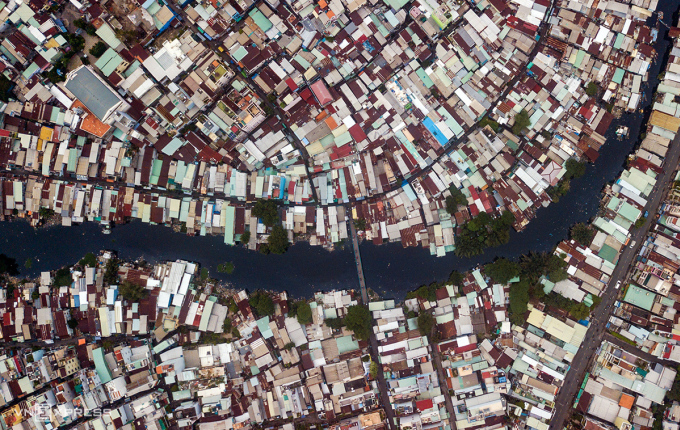
A row of dilapidated houses along Xuyen Tam canal, Binh Thanh district, preparing to be relocated. Photo: Quynh Tran
Master Vuong Quoc Trung, Center for Urban Research and Development of Ho Chi Minh City, also said that the biggest difficulty in relocating houses on and along canals in the area is capital and resettlement for people. He cited that with about 2,600 temporary houses along the South bank of the Doi Canal and embankment construction, the city needs 9,000 billion VND to clear them. On the North bank of the Doi Canal, nearly 2,600 billion is also needed to relocate about 1,017 dilapidated houses.
According to Mr. Trung, the city had previously been successful with urban beautification programs, typically the Nhieu Loc - Thi Nghe canal renovation project. Accordingly, more than 1.5 million people in 7 districts on both sides of the canal were relocated. However, in the later stages, despite the city's great efforts to clear the area, the results were still limited due to resource constraints.
Dr. Vo Kim Cuong, former Deputy Chief Architect of the city, assessed that the urban renovation and beautification programs in the area were more favorable in the past when there was a large financial source from public land funds. Accordingly, the city applied a policy of selling state-owned houses, creating capital to build resettlement areas and relocate people living on and along canals.
Another advantage is that in the past, the city could mobilize non-refundable ODA loans or preferential interest rates to invest in renovation projects. At the same time, there was also a lot of land at that time, creating conditions for applying investment in the form of exchanging land for infrastructure (BT contracts) - something that is very difficult now because there is almost no vacant land left and the legal system has also changed.
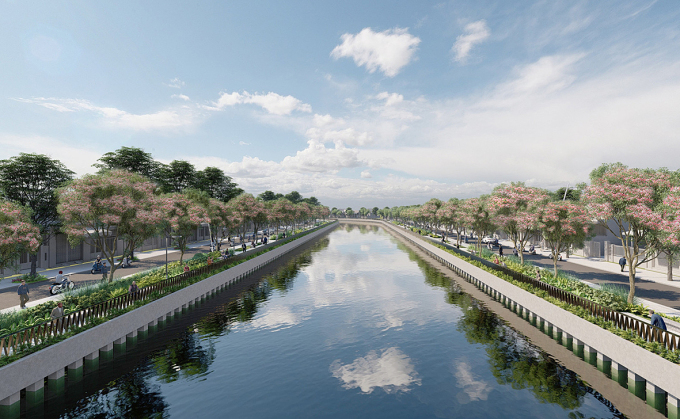
Perspective of Xuyen Tam canal through Binh Thanh and Go Vap after completion of renovation. Photo: Ho Chi Minh City Urban Management Board
According to Mr. Cuong, in the current context, along with solutions to mobilize capital, the renovation of canals in the city should not be localized on the route but should be associated with the surrounding urban embellishment to create synchronization in economic and social development.
According to Master Vuong Quoc Trung, to have capital to relocate houses along canals, the city should diversify its sources such as from the Central Government, investors, loans from financial institutions and different financial management mechanisms. Ho Chi Minh City also needs to encourage businesses to participate in the project of relocating houses along canals through the form of public-private partnerships. In particular, investors can contribute capital to the project and earn profits through the development of new resettlement areas after relocation...
Meanwhile, according to the Department of Construction, if Ho Chi Minh City is allowed by the National Assembly to use the additional capital expected for the 2021-2025 period (about 119,000 billion VND), the city will continue to balance and allocate capital for projects to relocate houses on and along canals. Preparation of procedures for projects using non-budgetary capital is also being implemented to speed up the completion of projects.
Currently, Ho Chi Minh City is implementing two major canal improvement projects: Tham Luong - Ben Cat - Nuoc Len canal, passing through 8 districts with a total capital of VND8,200 billion, expected to be completed in 2025. The city is also preparing to implement the Xuyen Tam canal renovation project, with a budget of more than VND9,600 billion. Of which, nearly 2,000 households on and along the canal will be relocated and resettled.
Gia Minh
Source link



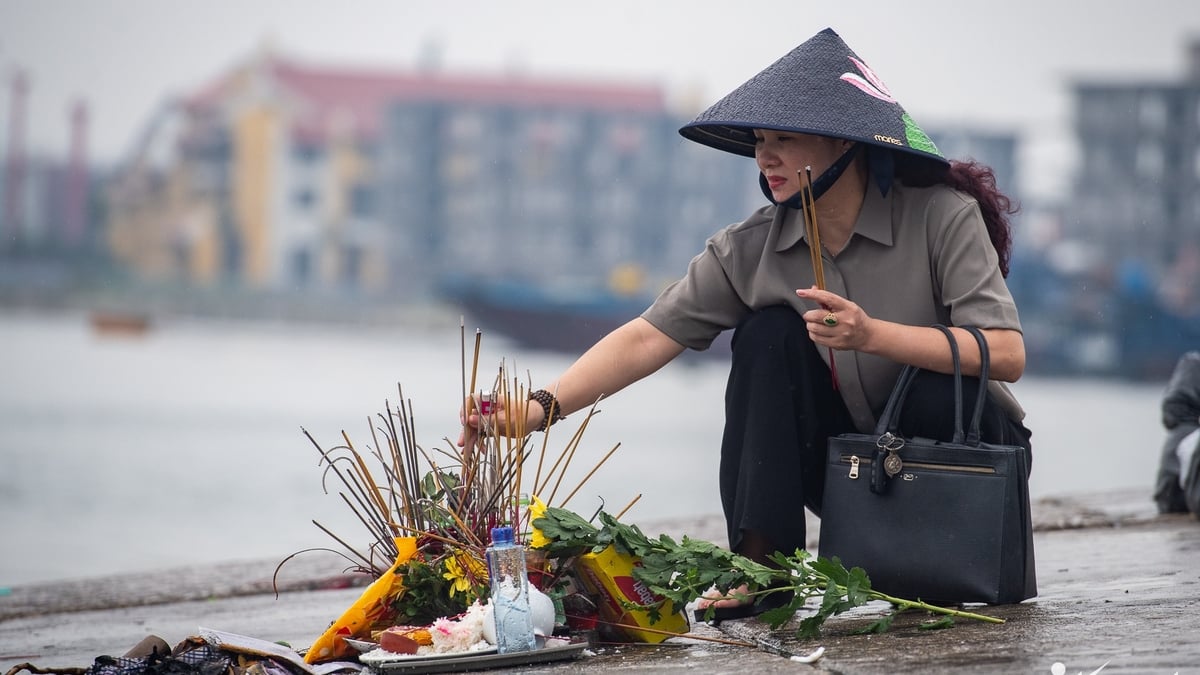


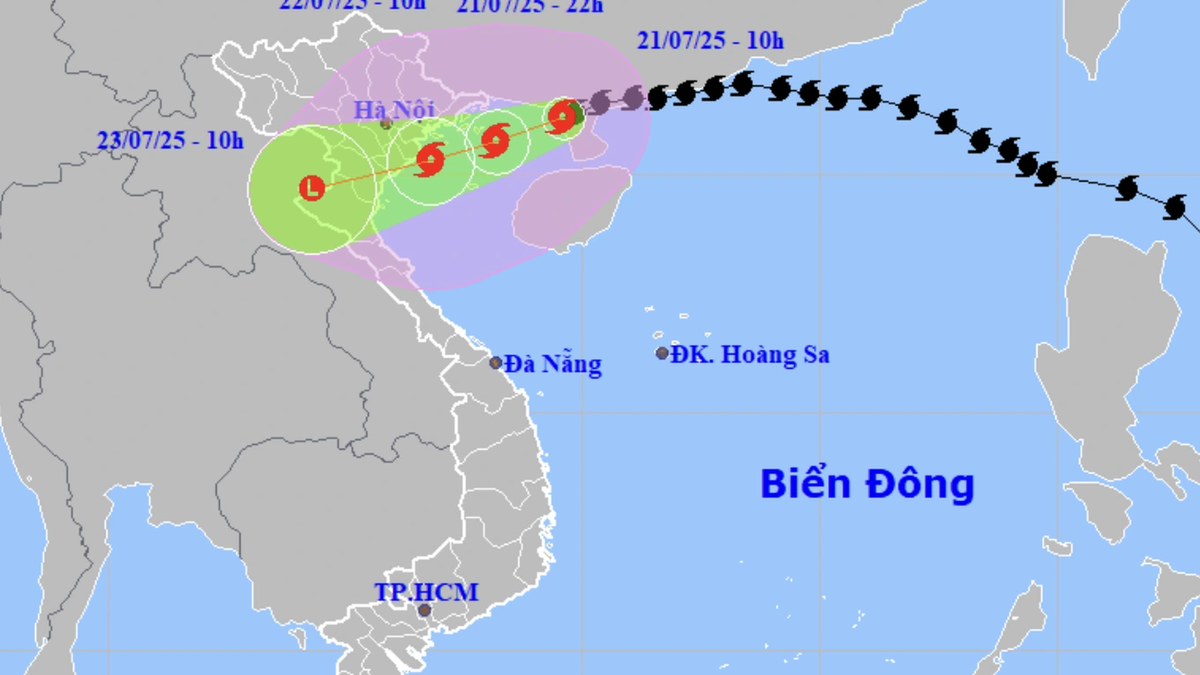


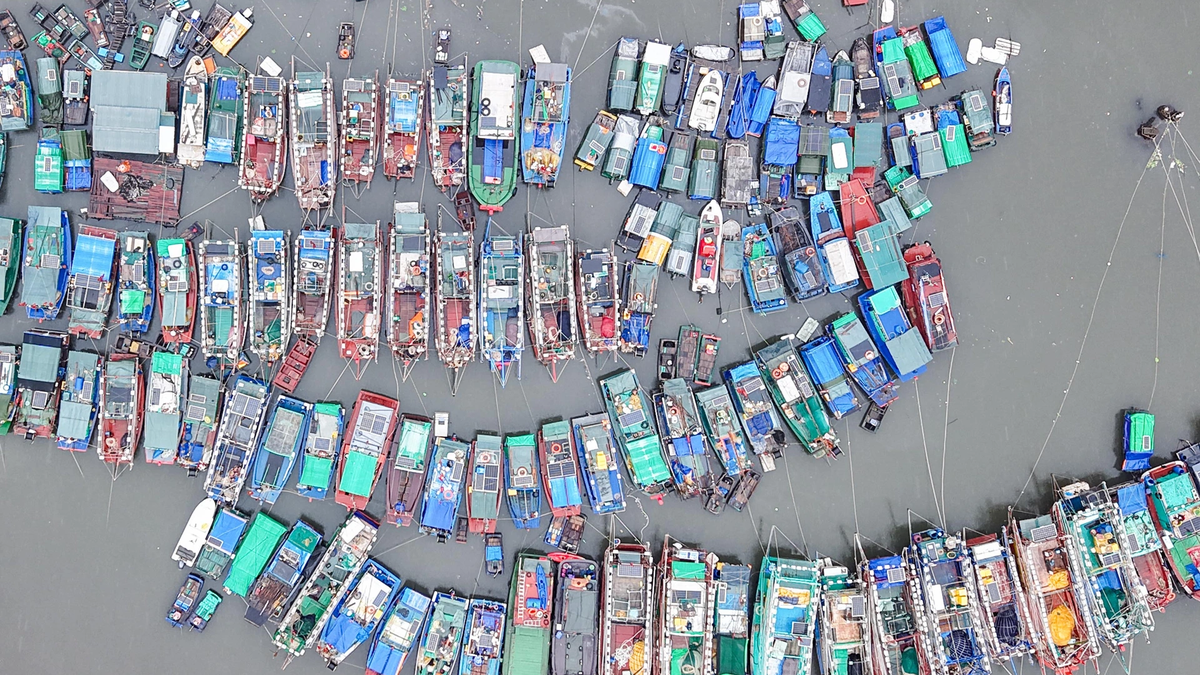

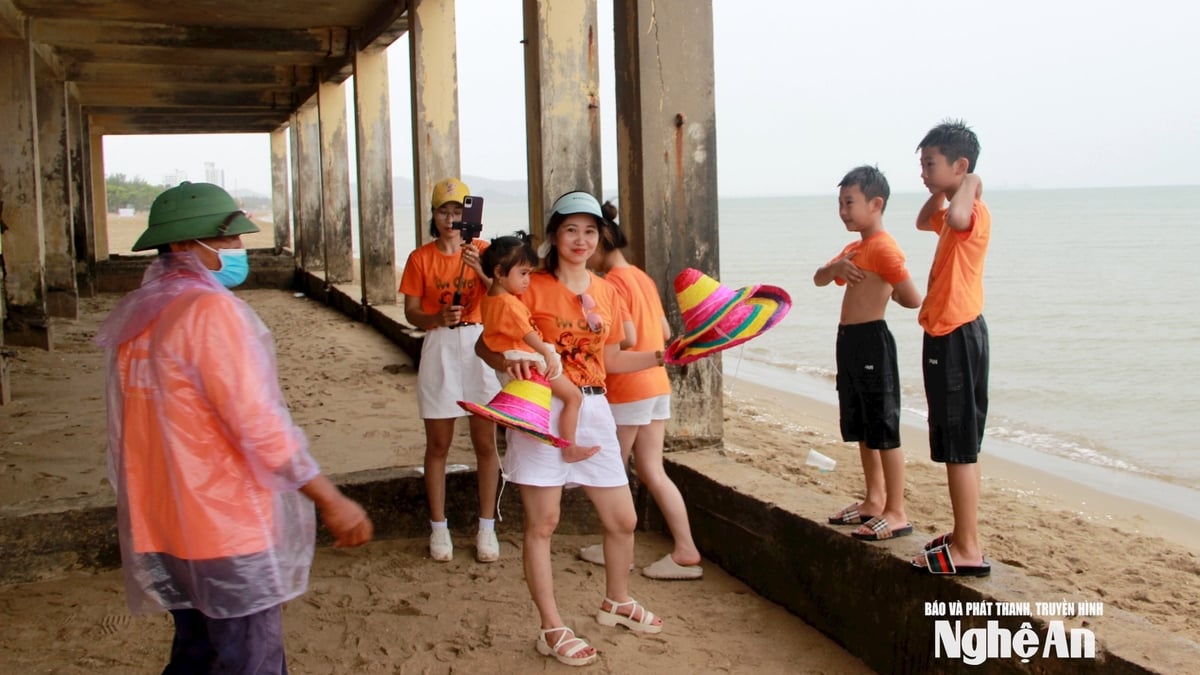










![[Photo] National Assembly Chairman Tran Thanh Man visits Vietnamese Heroic Mother Ta Thi Tran](https://vphoto.vietnam.vn/thumb/1200x675/vietnam/resource/IMAGE/2025/7/20/765c0bd057dd44ad83ab89fe0255b783)


















































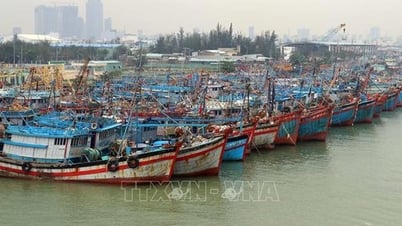




























Comment (0)